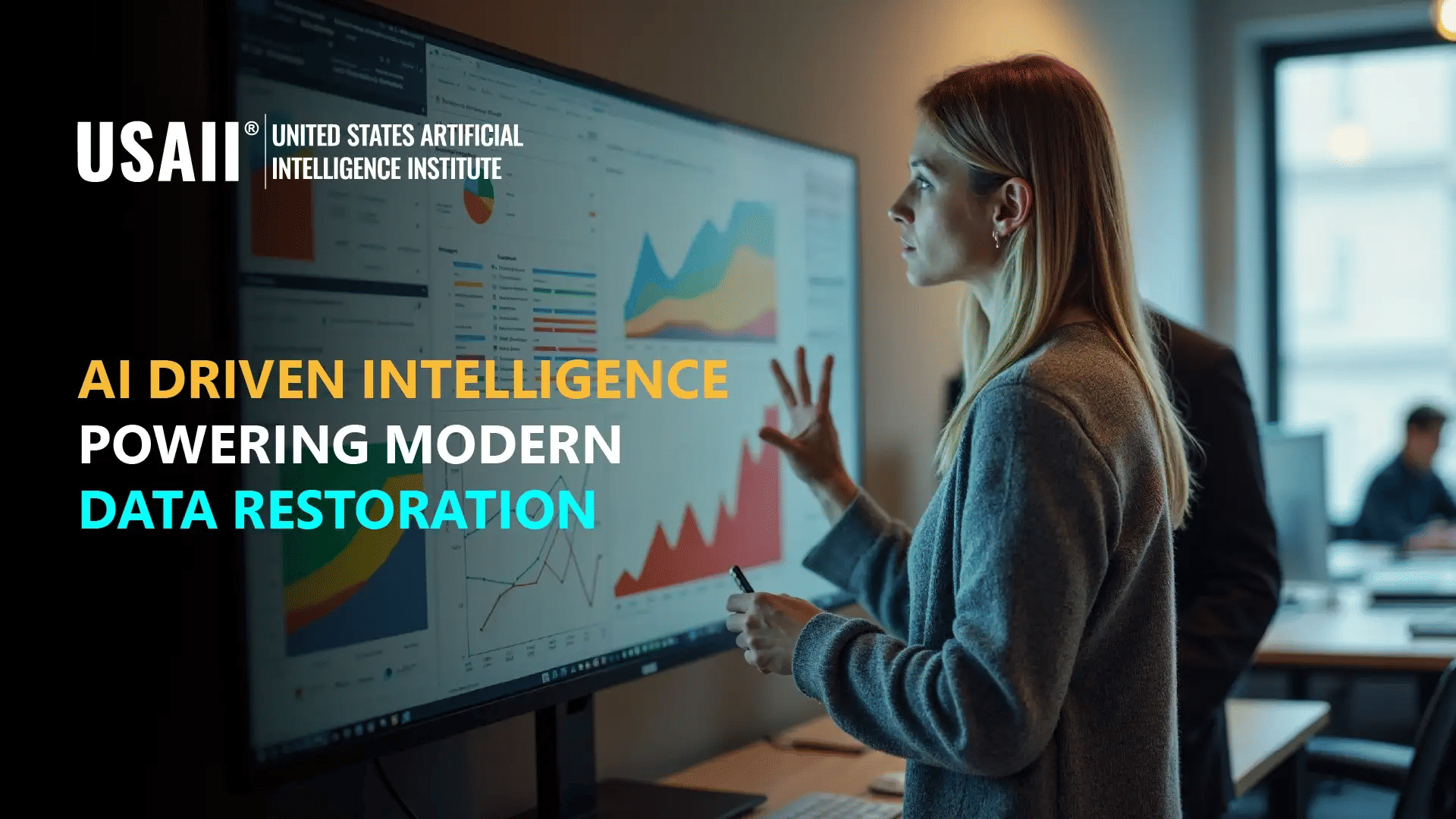
In an era characterized by vast data volumes, hybrid clouds, and complex cyber threats, traditional backup and recovery approaches are no longer sustainable. Organizations are beginning to harness the potential of Enterprise AI and resort to using ML algorithms based on artificial intelligence (AI) and machine learning (ML) to rethink the entire data lifecycle.
According to Gartner (2025), by 2028, at least 15% of day-to-day work decisions will be made autonomously through agentic AI. In fact, at least 33% of enterprise software applications, by 2028, will leverage agentic AI, an incredible feat despite the prediction that over 40% of such projects will be canceled by the end of 2027.
This blog will illuminate how these AI and machine learning powered systems are reshaping recovery and how the value of these models and data security tools is evolving.
Why the Traditional Model is Failing
Traditionally, data recovery was a manual, reactionary process: when an event like a crash or data loss occurred, engineers had to find backup copies to restore systems, resulting in potentially lengthy downtimes. This model is increasingly antiquated because:
What AI-Driven Recovery Looks Like
AI-driven data recovery taps into ML algorithms, AI models, and data analytics to improve every aspect of the recovery lifecycle. These systems do more than recover; they forecast, optimize, and validate recovery activities.
How AI Enhances the Modern Data Recovery Lifecycle
In today's digital landscape, AI is the engine of transformation across each phase of the data recovery lifecycle, including pre-failure, during an incident, and post-recovery.
Modern AI and machine learning algorithms begin their learning through past incidents. They can take thousands of performance variables into account and can even detect patterns that humans would miss. In the phase before failure, predictive models will use past and current performance data to signal likely hardware degradation or anomalies in hardware, allowing a technician or even the system to intervene before failure happens.
In the incident response phase, AI-enabled orchestration tools automatically create new recovery workflows in real time, deciding on restoration points, provisioning available infrastructure to the restore point, and even itemizing the restoration of mission-critical folders.
The Synergy Between AI Models and Data Security Tools
AI models partner with advanced data security technology to operate within what is called a self-healing architecture. ML and data analytics are constantly monitoring for abnormalities, tracking compliance, and safeguarding recovery pipelines from new attacks.
For example, major cloud vendors like AWS, Microsoft Azure, and Veeam have incorporated AI into their recovery orchestration tools and use ML algorithms to predict common patterns of failure and validate restore accuracy.
Ethics and Governance in Intelligent Recovery
Assertions of ethical and governance issues have begun to emerge as artificial intelligence continues to permeate recovery activities. Trust can be maintained through transparent models, auditable workflows, and explainable AI.
Recovery actions such as data prioritization, data deletion are always required to be supported through appropriate compliance with privacy regulations such as GDPR and ISO 27001 standards.
Why It Matters for AI and Data Professionals
For AI practitioners, senior data scientists, and engineers, understanding recovery is not optional; it is a strategy. AI models are assets that must have a solid recovery strategy.
Here’s why:
Challenges in AI-Driven Data Recovery
While there is much promise with AI in recovery, there are challenges with the implementation of AI:
Practical Steps for Organizations
In order to use AI to recover effectively, organizations should:
These recommendations will help organizations establish adaptable, AI-assisted recovery frameworks to keep pace with evolving threats.
The Future of AI in Data Recovery
Several trends will impact the next stage of data recovery:
The Way Forward
Artificial Intelligence is shifting data recovery from being a reactive practice to working in a proactive, intelligent ecosystem. AI helps predict failures, automatically populates data, and validates the integrity of the data so businesses have continuity, compliance, and trust in the modern enterprise context.
For you, the future is becoming a master of resilience for the enterprise. Providing yourself with knowledge and AI skills through global artificial intelligence certifications in AI technology through the United States Artificial Intelligence Institute will guarantee that you are future ready and leading the change.
Follow us: